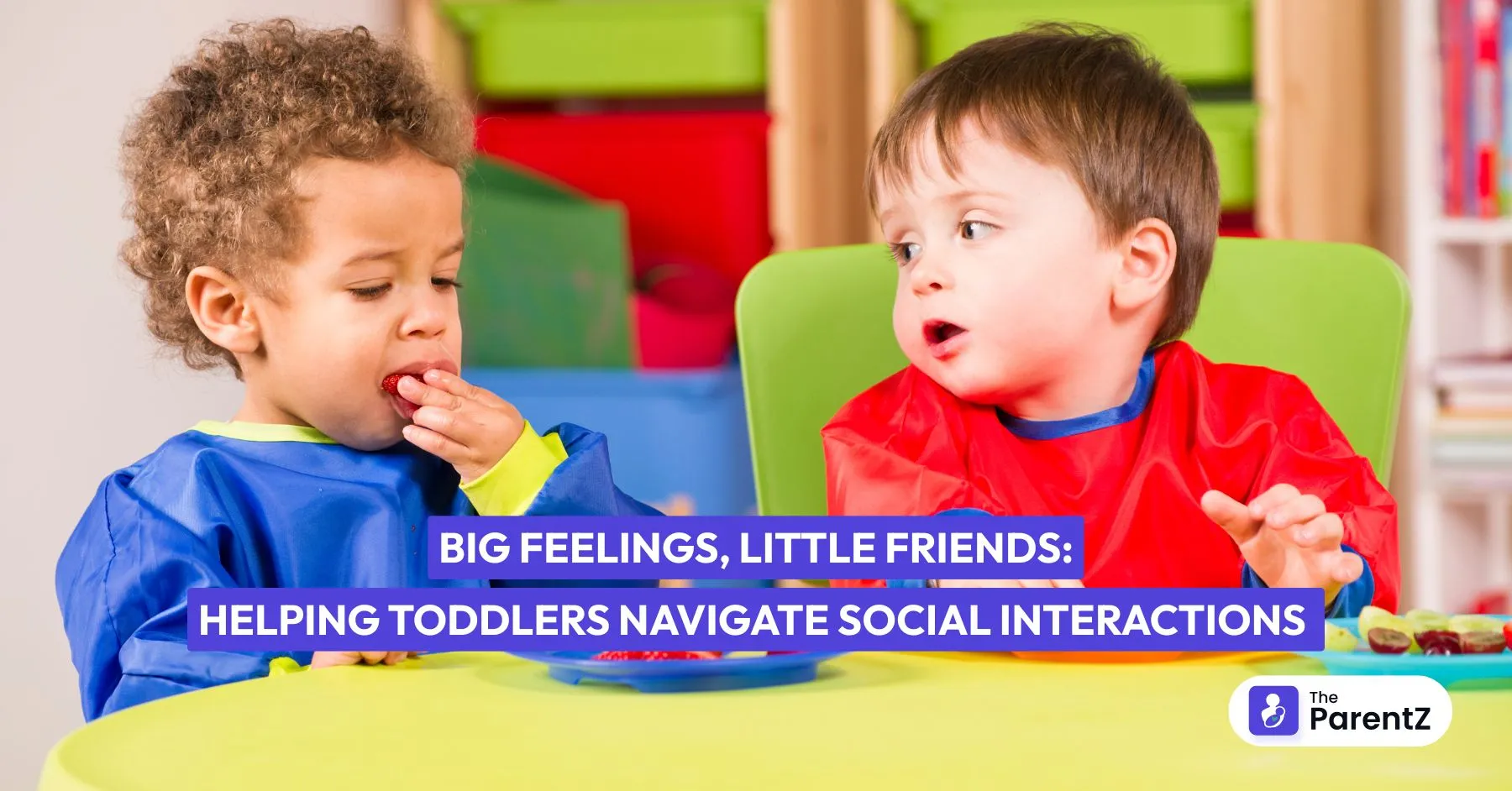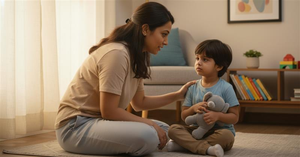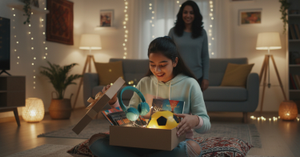If you’ve ever watched your toddler go from hugging a friend to having a meltdown over a toy in 30 seconds flat, you’re not alone. Toddler social interactions are like unscripted improv shows—intensely emotional, wildly unpredictable, and often hilariously honest. But beneath the chaos, these tiny humans are learning some of life’s most important lessons— how to connect, communicate, and cope.
Read this article to find out what’s really happening in those big-feeling moments and how you, as a parent, can help guide your toddler through their journey of early friendships.
The Social Learning Curve of Toddlers
At around 18 months to 3 years old, toddlers are just beginning to understand the concept of “other people.” They know what they want, but understanding that someone else might want the same thing—or worse, something different—is a brand-new concept.
They may enjoy playing near others (parallel play), but sharing, turn-taking, and empathy are still foreign skills. And honestly, wouldn’t you struggle with sharing your favorite snack with someone who just drooled on your toy?
That’s why toddler social interactions often involve grabbing, screaming, sudden hugs, unprovoked sobbing, and instant recoveries.
It’s emotional whiplash, but it’s developmentally normal.
Why Big Feelings Take Over
Your toddler isn’t being dramatic for fun—they’re learning how to handle emotions without a fully developed toolkit. Their brain's emotional centers (like the amygdala) are way more active than the areas that control reasoning or impulse control (like the prefrontal cortex). That’s why logic doesn’t always work when you say, “He was playing with the truck first.”
In fact, according to the American Academy of Pediatrics, toddlers can’t consistently regulate their emotions until age 3 or 4—and even then, it's a work in progress. So your job 5isn’t to stop the feelings but to help them ride the wave.
5 Effective Ways To Help Toddlers Navigate Friendships
Here are some ways you can gently steer your toddler through the tricky terrain of social life.
Model the Behavior You Want to See
Your toddler watches everything you do. If you say “please,” wait your turn, and speak kindly, they’re more likely to mimic that—even if it doesn’t stick every time. Narrate what you're doing: “I’m giving the book to Daddy because it’s his turn.” This helps them link words to actions.
Keep Expectations Realistic
Don’t expect consistent sharing or conflict resolution at this age. If your child lets another toddler touch their toy once, celebrate that win. Toddlers learn best through repetition, not lectures.
Use Simple Words to Label Feelings
Teach them words like “mad,” “sad,” “excited,” and “frustrated.” Instead of saying, “Stop crying,” try: “You’re upset because you want the red ball. That’s hard.” When you name their feelings, you validate them and help build emotional vocabulary.
Practice Social Scenarios Through Play
Use dolls or stuffed animals to act out social situations. “Teddy wants the truck, but Bunny is using it. What can they do?” This low-stakes play helps your toddler experiment with empathy and problem-solving.
Create a Safe Exit Strategy
Sometimes toddlers need space. If playdates get overwhelming, take a snack break, read a book together, or go outside. You’re not giving in—you’re helping them reset.
What If My Toddler Seems “Anti-Social”?
Some toddlers are naturally more reserved. That doesn’t mean something is wrong. Let them warm up at their own pace. Forcing interaction often backfires. Instead, offer opportunities for low-pressure play—like parallel play at a park or sandbox—and allow them to engage on their own terms.
Conclusion
Toddler friendships aren’t always peaceful, but they are meaningful. Each squabble, tear, and giggle is helping your child build the emotional muscles they’ll use for the rest of their life.








Be the first one to comment on this story.